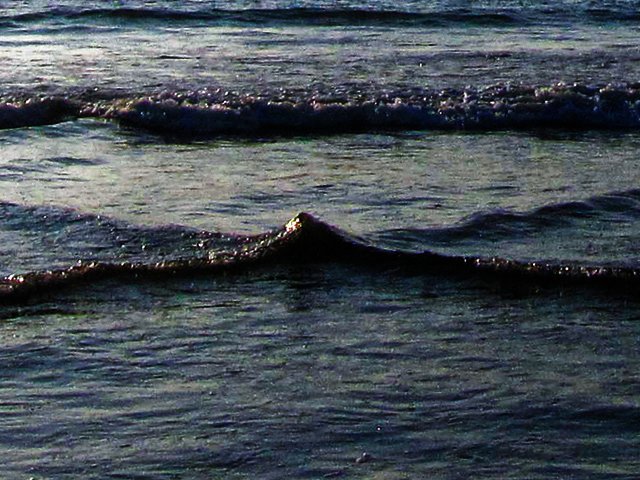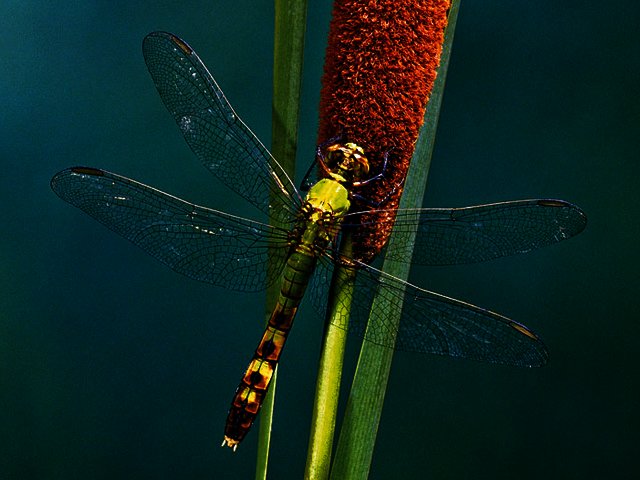PREVIOUS ARTICLENEXT ARTICLE
NEWS

SciNews - October 2012
By Linda Pretorius 1 October 2012 | Categories: news
Sip shape
Raise your glass to science. According to a report in the journal PloS ONE, the shape of your glass influences the rate at which you drink an alcoholic beverage. Researchers asked 160 social drinkers to drink either a beer or a soft drink from either a tall, straight-sided glass or a curved beer flute. The beer drinkers who drank from the curved glasses finished their drinks almost twice as fast as the participants in the other group.
During a follow-up task participants had to estimate volume from pictures of filled glasses and fast drinkers’ estimates were less accurate than those from the slower group. The results suggest that it’s more difficult to judge where the halfway mark is in a curved glass than on a straight one, and hence you’re less aware of your drinking rate.
Read more here.

Short-stem X-type interaction. Photo courtesy of Mark J. Ablowitz
Riding the wave
Wave watching is not usually considered a science. Yet a close look at the characteristics of shallow-water waves at low tide resulted in a startling discovery. According to an article that recently appeared in the journal Physical Review E, waves regularly combine in a non-linear way once thought to be only a very rare occurrence.
Video analysis of interacting waves showed that when straight-line waves combine to form Y or X shapes, the height of the resulting crest is the product of the individual crests rather than their sum. An X-shaped wave can be seen on satellite images of the 2011 Japanese tsunami, which helps to explain its destructive power.
Mathematical equations that describe this type of wave interaction may prove useful in predicting the impact of tsunamis.
See how these waves form here.

Wings that won’t break
Insect wings are more than they’re cracked up to be it seems. In another PLoS ONE report, scientists explain that a network of criss-crossing veins can markedly strengthen flimsy insect wings.
Initial tests on wings of desert locusts showed that the protein film that forms the wings is itself not very resistant to wear and tear. However, video footage showed that cross veins stopped cracks dead in their tracks, thereby increasing the durability of the wing by up to 50%. Because cross veins are made from a heavier material than the wing film, a dense vein network could be at the expense of flight efficiency though.
Further measurements, however, showed that the distance between veins is just enough to efficiently brake a crack’s run without adding unnecessary weight.
Read more here.
More cool science:
Is online anger due to lack of eye contact?
Philosophy vs. science: which can answer the big questions of life?
Tales from the Ig Nobel Prize.
Article first appeared in TechSmart 109, October 2012.
USER COMMENTS
Most Read Articles
Read

Magazine Online
TechSmart.co.za is South Africa's leading magazine for tech product reviews, tech news, videos, tech specs and gadgets.
Start reading now >
Download latest issue
Have Your Say
What new tech or developments are you most anticipating this year?
New smartphone announcements (44 votes)
Technological breakthroughs (29 votes)
Launch of new consoles, or notebooks (14 votes)
Innovative Artificial Intelligence solutions (29 votes)
Biotechnology or medical advancements (24 votes)
Better business applications (160 votes)



